Operations expert Ken Eakin suggests using lean management techniques to help your employees meet their goals and to focus your company on its customers. Lean relies on two principles: Continuity allows employees to complete their assignments with little interruption; balance helps their work flow at an even pace. Lean managers can harness continuity and balance to deliver higher value to customers more quickly. This solid, informative book isn’t an easy read, but it provides substantial value for managers who want to shape their organizations into systems that produce results.
The hierarchical organizational model originated in the 19th century.
In the 19th century, manufacturing companies used mass-production methods and followed a specific organizational model: a pyramid-shaped hierarchy. Each employee within the hierarchy had a clear, defined role and a set of responsibilities. Most offices today follow this model. However, such bureaucratic structures are no longer effective. Though employees in this kind of setting work hard, it takes them a long time to achieve results. Most employees in hierarchical systems feel insufficient involvement with their work.
Conventional management models don’t function well in an economy dominated by intangible products.
A hierarchical strategy does not suit contemporary companies, many of which produce intangible products based on technology and information. When people think of efficiency, they think of resource efficiency. This draws on the idea of economies of scale. It suggests that as you increase the volume of what you produce, the cost of each individual item comes down. This approach focuses on price and disregards other ...









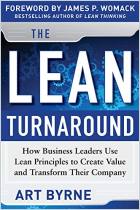
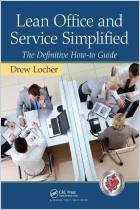
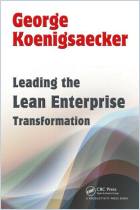
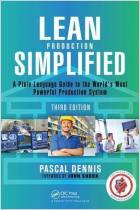
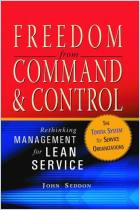
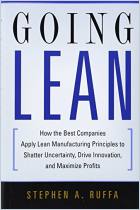




Comment on this summary or Démarrer une discussion